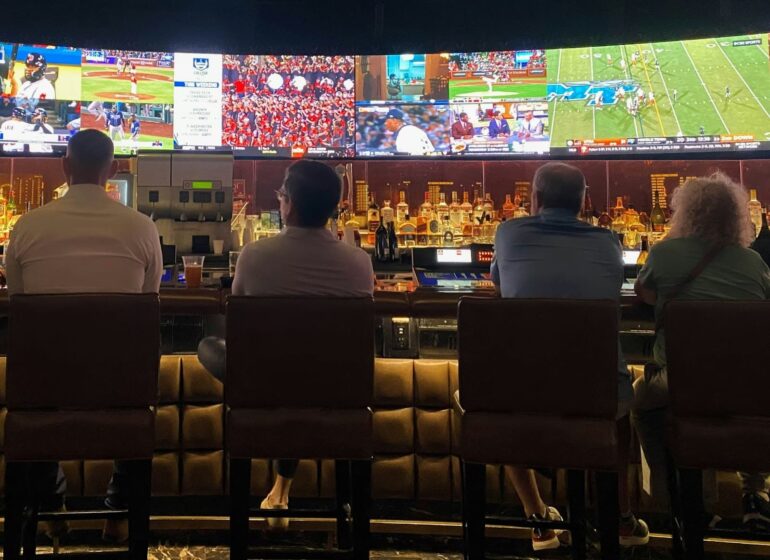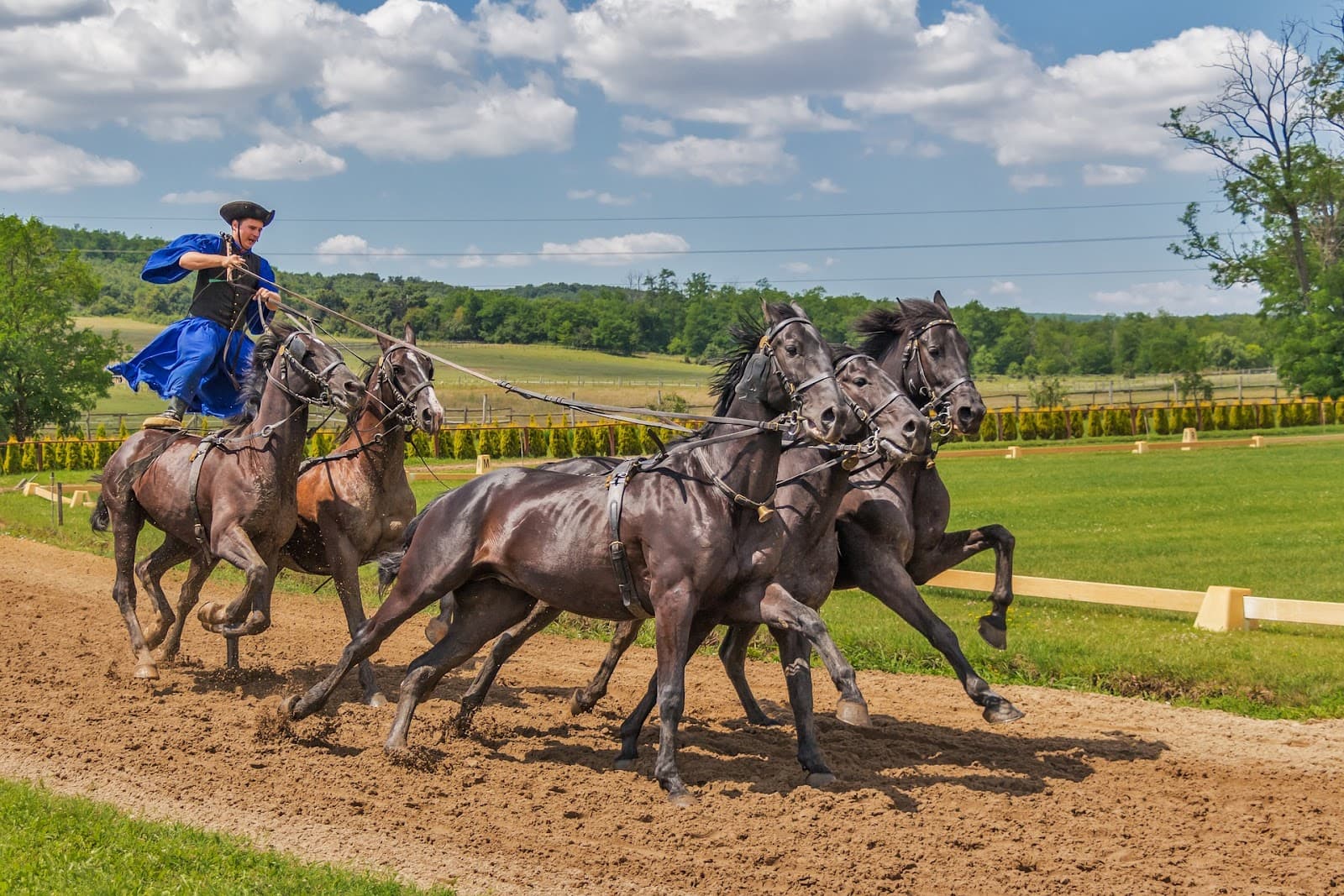Introduction
Horse racing has long captivated audiences with its thrilling blend of speed, strategy, and high-stakes betting. In the world of cinema, filmmakers have sought to capture this excitement, employing various techniques to bring the intense atmosphere of the racetrack to life. This article delves into the cinematic methods used to portray the nail-biting tension of horse racing bets and explores how these techniques find parallels in modern online betting interfaces. By examining these connections, we’ll uncover how both film and digital platforms strive to recreate the heart-pounding experience of placing a bet on the big race.
Historical Context of Horse Racing in Cinema
The thundering hooves and colorful silks of horse racing have graced the silver screen almost since the dawn of cinema itself. From early silent films to modern blockbusters, the sport of kings has provided filmmakers with a rich tapestry of drama, action, and human emotion. Early depictions often focused on the glamour and spectacle of race day, with panoramic shots of crowded grandstands and close-ups of anxious bettors.
As cinema evolved, so did the portrayal of horse racing. Films began to delve deeper into the lives of jockeys, trainers, and the horses themselves. The 1944 classic “National Velvet” starring Elizabeth Taylor brought a more personal touch to the genre, while later films like “Seabiscuit” (2003) and “Secretariat” (2010) combined historical drama with pulse-pounding race sequences. These movies didn’t just show the races; they made viewers feel the weight of each bet, the hopes and dreams riding on every furlong.
Cinematic Techniques for High Stakes Depiction
Camera Angles and Movement
When it comes to capturing the intensity of horse racing and betting, camera work is crucial. Directors often employ a range of techniques to immerse the audience in the action. Low-angle shots of horses thundering past make viewers feel as if they’re right there on the track. Shaky cam techniques during crucial moments mimic the adrenaline rush of a close race.
Remember that nail-biting scene in “Seabiscuit” where the underdog is making its final push? The camera swoops and dives, alternating between wide shots of the entire field and tight close-ups of the jockeys’ determined faces. This dynamic camerawork isn’t just showing you the race; it’s making your heart race along with it.
Sound Design and Music
Ever noticed how your pulse quickens when the starting gates clang open in a movie race? That’s no accident. Sound designers carefully craft every audio element to heighten tension and excitement. The rhythmic pounding of hooves often forms the backbone of the soundtrack, building to a crescendo as the finish line approaches.
Music plays a pivotal role too. Take the 2003 film “Hidalgo,” for instance. As the horses round the final bend, the swelling orchestral score reaches a fever pitch, mirroring the rising stakes for our protagonist. It’s not just what you see, but what you hear that makes you grip your armrest a little tighter.
Editing Techniques
Editing is the unsung hero of high-stakes horse racing scenes. Quick cuts between horses, jockeys, and spectators create a sense of frenetic energy. Slow-motion shots, often reserved for crucial moments like photo finishes, stretch out time and ramp up the suspense to almost unbearable levels.
Remember that breathtaking sequence in “Secretariat” where they intercut between the race and the owner’s reactions? That’s masterful editing at work, connecting the physical race with the emotional stakes. It’s not just about who wins; it’s about what winning means.
Lighting and Color Schemes
Lighting and color can subtly influence our perception of tension and excitement. Many racing films use warm, golden hues for hopeful moments, contrasting with cooler blues and grays when the odds seem stacked against our heroes.
In “Dreamer: Inspired by a True Story,” the climactic race scene uses vibrant, saturated colors to heighten the sense of spectacle and importance. The bright jockey silks pop against the earthy track, drawing our eye exactly where the director wants it. It’s a visual feast that matches the emotional intensity of the moment.
Character Development and Storytelling
At its heart, the excitement of horse racing bets isn’t just about the money—it’s about the people. Great racing films spend time developing characters so that we’re invested in the outcome. Think about “Let It Ride” (1989), where Richard Dreyfuss’s character’s entire life seems to hinge on his bets. We’re not just watching a man gamble; we’re riding an emotional rollercoaster with him.
Storytelling techniques like flashbacks and personal narration help us understand what’s at stake beyond the immediate race. When we know a jockey is riding to save the family farm or fulfill a lifelong dream, every stride of the horse carries the weight of those aspirations.
Comparing Cinematic Techniques to Online Betting Interfaces
Visual Elements in Online Betting
Online betting platforms have taken cues from cinema in creating interfaces that capture the excitement of horse racing. Many sites use dynamic graphics and animated elements to simulate the feeling of being trackside. Live-updating odds flash and change color, mimicking the tension-building techniques of film editing.
Some platforms even incorporate virtual racetracks with moving horse avatars, bringing a cinematic flair to the digital betting experience. The use of vivid colors for winning bets and muted tones for losses echoes the color psychology employed in movies to convey emotional highs and lows.

Sound and Alerts in Betting Apps
Just as a film’s soundtrack can set your pulse racing, betting apps use sound to great effect. The ping of a successful bet placement or the trumpet call signaling the start of a race are audio cues designed to spike your adrenaline. Some apps even feature ambient crowd noise to create that “being there” feeling that movies do so well.
Notifications and alerts in these apps often use a crescendo effect, building in urgency as race time approaches. It’s not unlike the way a film score swells as we near a critical moment, keeping users engaged and excited.
User Experience and Engagement
Online betting interfaces strive to create a narrative for users, much like a film does for its audience. Progress bars showing how close you are to placing a bet mimic the story arc of a movie, building anticipation. Personalized recommendations based on betting history create a sense of character development—you’re not just a bettor, you’re on a journey.
Some platforms even incorporate social elements, allowing users to share their bets or compete with friends. This taps into the same emotional investment we feel when we watch a character’s story unfold on screen. It’s not just about the individual races anymore; it’s about your overall “arc” as a bettor.
Conclusion
From the sweeping camera movements of classic racing films to the pulsating interfaces of modern betting apps, the techniques used to depict the high stakes of horse racing have evolved while maintaining their core purpose: to thrill and engage. Cinematic approaches have clearly influenced the design of online betting platforms, creating experiences that are increasingly immersive and emotionally charged. As technology advances, we can expect these parallels to deepen, potentially blurring the lines between watching a race and betting on one. The race to capture the excitement of horse betting continues, both on screen and in the palm of your hand.
